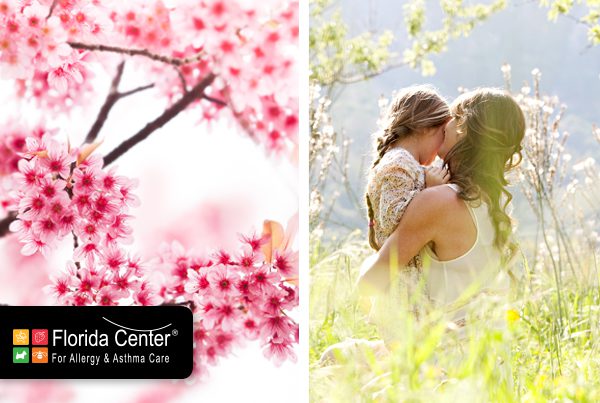‘
February is the time of the year when we focus on love and the art of romance, and the 14th is the celebration bearing happy sentiments like children on sugar rush, adolescents waiting for a rose and maybe the first kiss. Now stop for a second, rewind and re-read all the above with the mindset of a person with food allergies: truth is, it all crashes screeching.
Candy and sugar treats mean milk, coloring and nuts. The ‘first kiss’ brings chills of cross-contamination and the sense of shyness and hesitancy about sharing with someone else your life-threatening condition.
To make this Valentine’s Day happy and lighthearted, let’s adopt clever tweaks to the usual celebrations and support an environment where nobody feels excluded. Follow us while we take you through some more details by describing avoidance and cross-contamination.
~ 1 ~
AVOIDANCE
Many of us not familiar with food allergies are not aware that the first rule for a FA (food allergic) patient is avoiding the allergen, or the (protein of the) food that causes the reaction and may be life-threatening. Put it in a different way: there are no other precautions than staying away from nuts, milk, sesame or your food allergen.
The solution is simple, healthy and inclusive: choose the non-edible alternatives.
To make it easy, we put together a list of non-edible items you can find during a trip to your regular grocery store, so the good news is: it doesn’t take any extra effort; you just have to visit a different aisle.
- home-made cards,
- crayons,
- pencils,
- stickers,
- book-marks,
- rulers,
- erasers,
- sharpeners,
- balloons (latex-free),
- car toys,
- figurines (like farm animals or insects),
- puzzles
Check our Instagram account for more suggestions: we found cactuses, origami flowers and more!
~ 2 ~
CROSS-CONTAMINATION
What is cross contamination and how does it relate to food allergies? The dictionary describes it as:
“The process by which bacteria or other microorganism are unintentionally transferred from one substance or object to another, with harmful effects.”
In other words, it’s a lurking danger for an individual allergic to food.
Here are some examples.
If your child, allergic to peanuts, plays at recess with a friend who had a PBJ sandwich for lunch, he or she may be at risk of a reaction.
Cross-contamination is the reason why food manufacturers are required to disclose on their labels if the food was processed in the same facility as other foods that contain any big allergen potentially life-threatening.
Some suggestions on how to prevent cross-contamination:
- make the allergy and the potential risk known to family, friends, school and care takers
- read labels
- use different utensils and kitchen appliances (when applicable, use disposable)
- no double-dipping in sauces or common plates
- disinfectant wipes are not the answer: wash with soap hands, mouth and any surface that has been in contact with the allergen
In conclusion, Valentine’s treats free of food become free-of-fear for anyone allergic and all who care for them.





